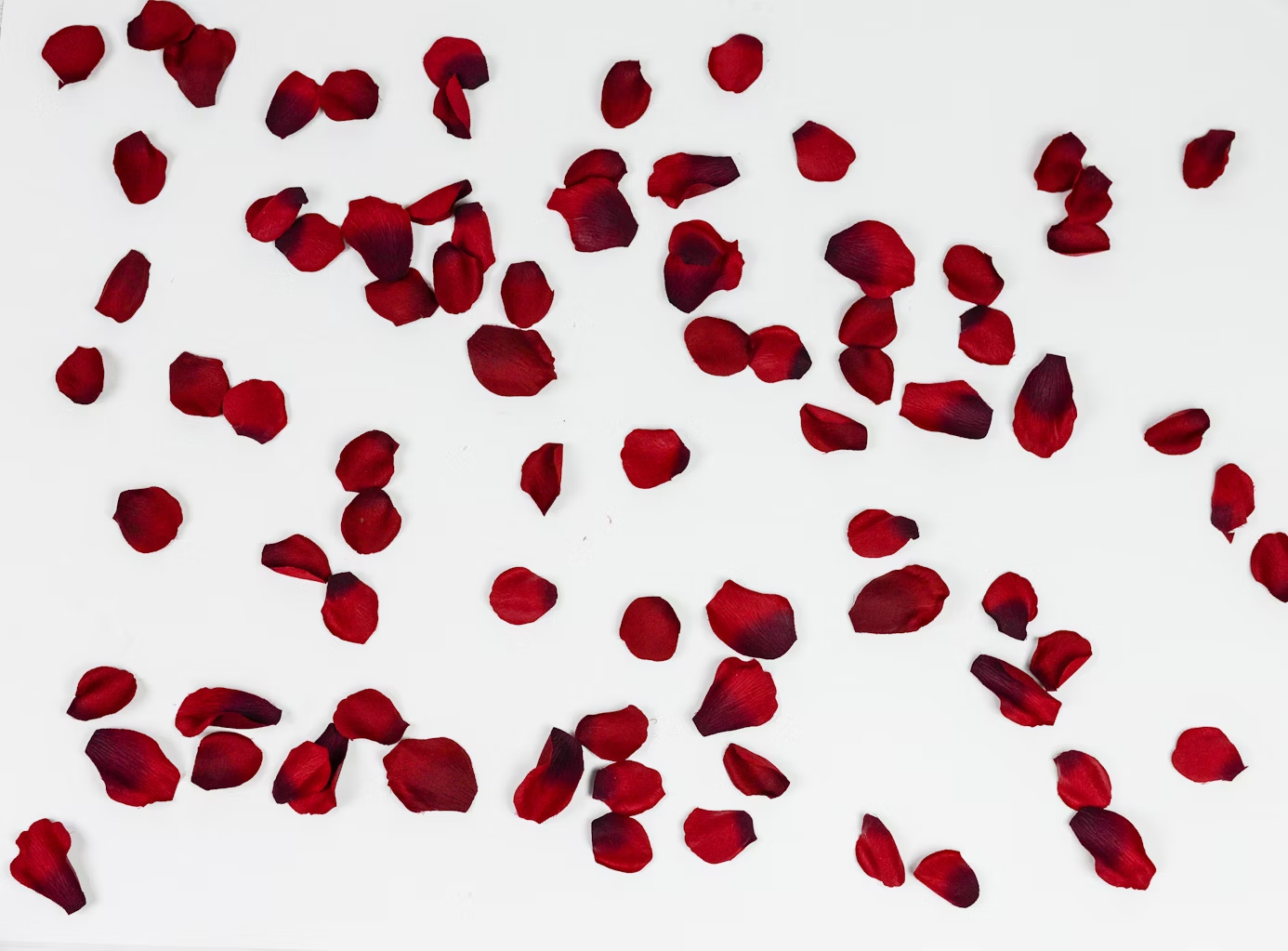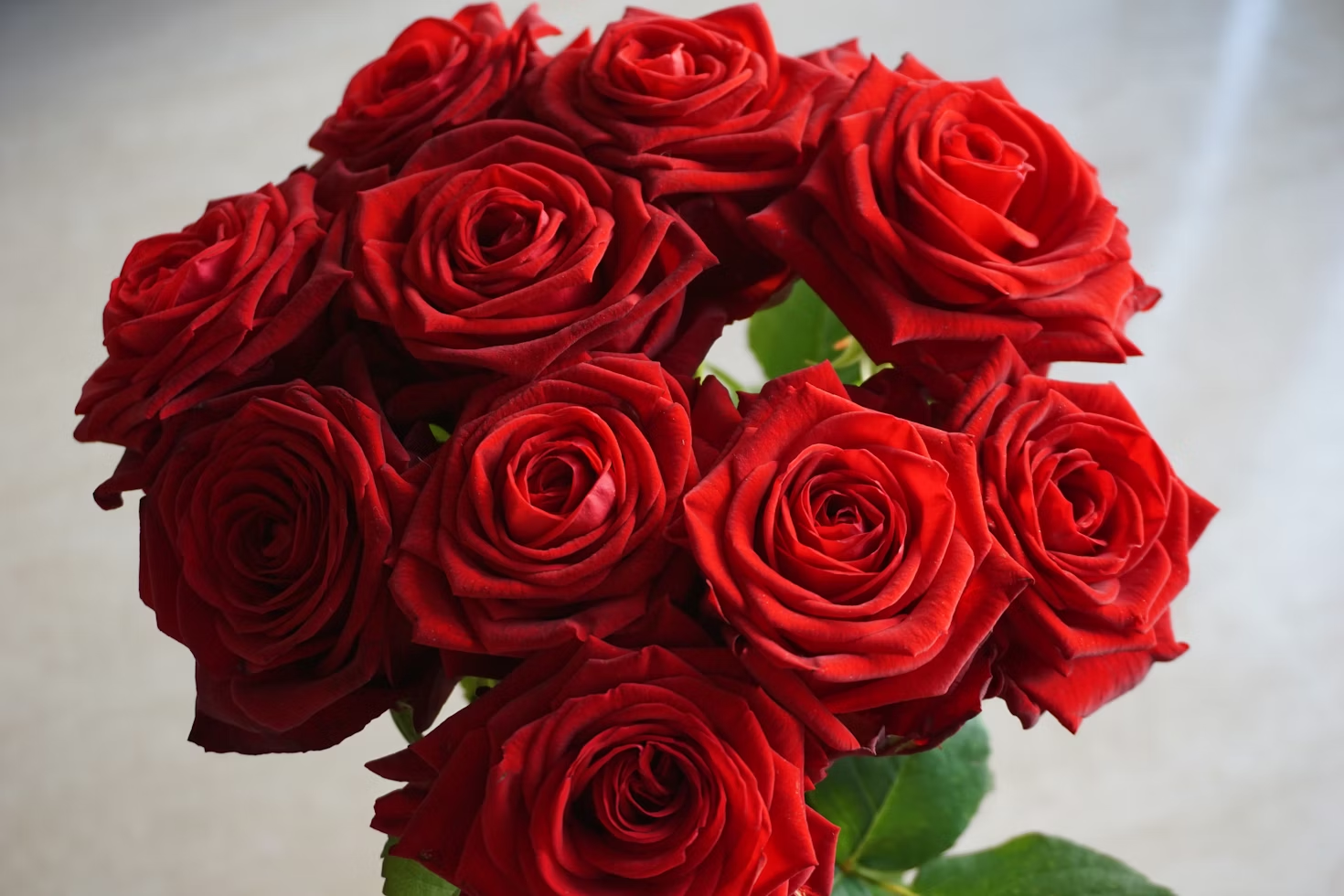Roses have been cherished across centuries, continents, and cultures—not just for their beauty, but for the powerful meanings they carry. Whether it’s a single red rose handed over on Valentine’s Day or an elaborate floral tapestry in a royal Persian garden, roses speak the language of the heart—often without needing a word.
In this article, we’ll take you on a journey through time and tradition, exploring how roses have been celebrated, revered, and symbolised around the world. From ancient empires to modern love stories, the rose continues to blossom with meaning.
The Ancient Roots of Rose Symbolism
Persia: The Original Land of Roses
Long before roses became a global floral icon, they were flourishing in ancient Persia (modern-day Iran). The Persian rose was seen as a divine gift, often associated with paradise and poetry. Sufi mystics used the rose as a symbol of divine love, and Persian literature is rich with references to its spiritual beauty.
In fact, the rose was so beloved in this region that Persian gardens—thought to inspire the idea of ‘paradise’ itself—often centred around these fragrant blooms.
Greece & Rome: Mythology and Power
The rose made its way westward, capturing hearts in ancient Greece and Rome. In Greek mythology, the rose was linked to Aphrodite, the goddess of love, who is said to have created the flower from her tears and the blood of her lover, Adonis.
The Romans took this symbolism further—roses were associated with secrecy (sub rosa), indulgence, and status. Roman banquets often featured rose petals as decoration, perfume, or even floating in wine, representing luxury and fleeting beauty.
East Asian Perspectives: Purity, Transience, and Romance
China: Beauty in Simplicity
In Chinese culture, roses have long symbolised youthful beauty and romantic affection. While peonies might take the crown as the “king of flowers” in China, roses are still widely appreciated for their elegance and simplicity.
Interestingly, in modern Chinese gift-giving, the number of roses in a bouquet can change the entire meaning. One rose means “love at first sight,” eleven means “you’re my one and only,” and ninety-nine represents “forever.”
Japan: Reserved Romance
In Japan, where subtlety and symbolism often go hand-in-hand, roses are considered a Western import but have grown in popularity, especially for expressing feelings that may be difficult to say aloud.
Red roses carry similar romantic meanings as they do elsewhere, but they’re often given in a more understated way—like a quiet confession rather than a grand gesture.
Europe Through the Ages: Love, War, and Royalty
England: The Tudor Rose
In England, the rose is more than just a flower—it’s a national emblem. The War of the Roses (1455–1487) saw the House of Lancaster (red rose) and the House of York (white rose) battle for the throne. Their eventual unification under the House of Tudor gave birth to the Tudor Rose, a symbol of harmony.
Even today, the rose continues to hold national pride and appears in everything from literature to coins.
Victorian Language of Flowers
The Victorian era in Europe saw a resurgence in the symbolism of roses through floriography—the secret “language of flowers.” During a time when emotions were often repressed, people turned to roses to say what they couldn’t put into words.
Red roses meant passionate love, pink roses hinted at admiration, and yellow roses—once seen as a symbol of jealousy—later came to represent friendship and joy.

Roses in the Modern World: Universal Language of Love
Global Romance
Today, roses are perhaps most universally known as the flower of love. Valentine’s Day, anniversaries, proposals—roses are the go-to gift to mark matters of the heart. Their versatility and sheer variety make them perfect for any occasion, whether you’re celebrating a milestone or simply saying “I’m thinking of you”.
In Australia, roses continue to top the list of favourite blooms, whether in cottage gardens, bridal bouquets, or Mother’s Day arrangements. Their timeless appeal lies in their adaptability—they’re just as at home in a classic bouquet as they are in a wild, modern arrangement.
Colour Meanings Across Cultures
While red is universally known for love and passion, other colours take on distinct meanings in different cultural settings:
- White Roses – Often used in weddings to symbolise purity, they can also represent remembrance in funerals, particularly in Western cultures.
- Yellow Roses – In Australia and the US, they represent friendship and joy, but in some parts of the Middle East, yellow may symbolise fading love or jealousy.
- Orange Roses – These vibrant blooms often stand for enthusiasm and desire.
- Lavender Roses – Less common but deeply striking, they’re often associated with enchantment or love at first sight.
A Bloom for Every Story
The enduring popularity of roses lies not just in their stunning appearance, but in their ability to convey layers of meaning. Whether you’re drawing on centuries-old Persian poetry or crafting a last-minute bouquet for someone special, roses are never just roses—they’re storytellers.
As florists, we see every bouquet as a message, and every rose as a word in a language that’s understood by hearts everywhere.
Ready to tell your story with roses?
At B&M Florist, we’re passionate about helping you choose the perfect blooms with intention and care. Whether it’s a classic red rose for an anniversary or a mixed bouquet that says “just because,” we’ll help you say it beautifully.
Pop in-store or shop online to explore our fresh range of roses and arrangements today.



